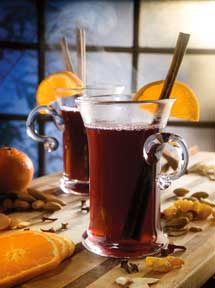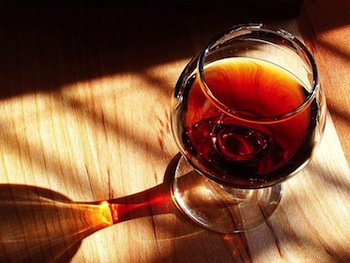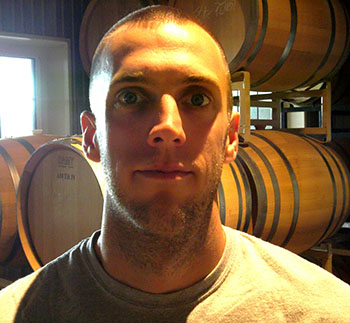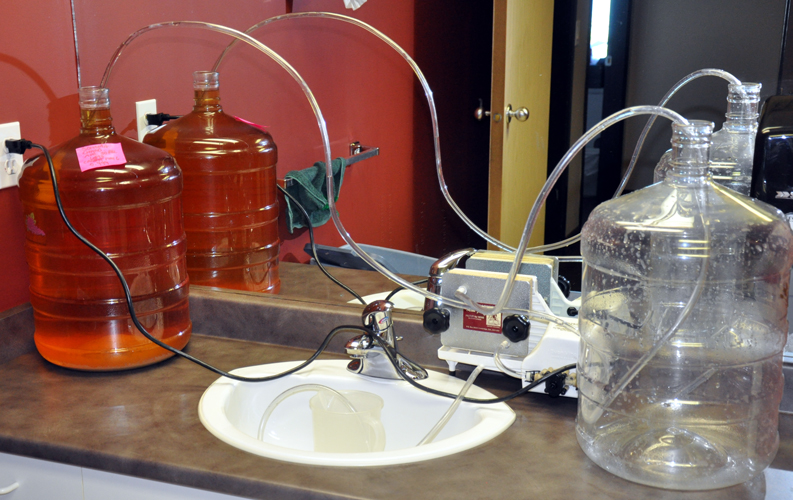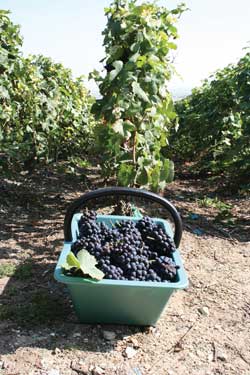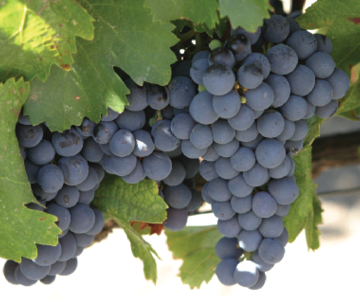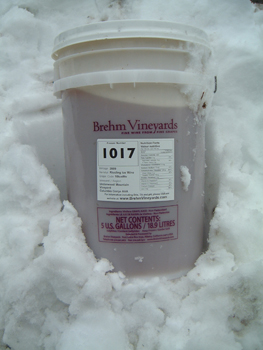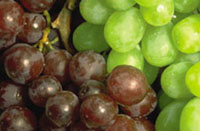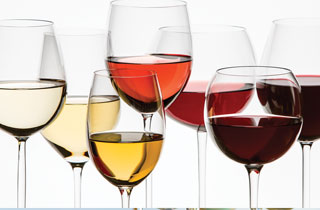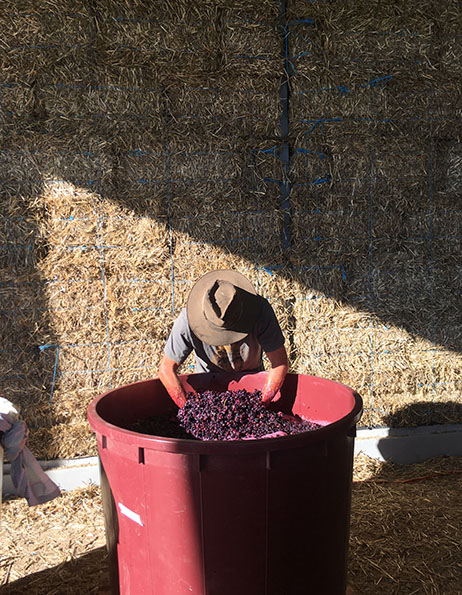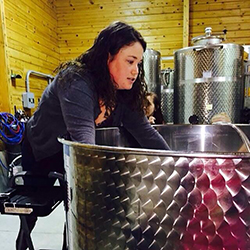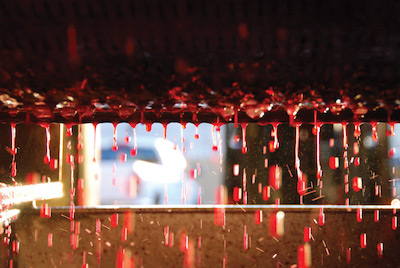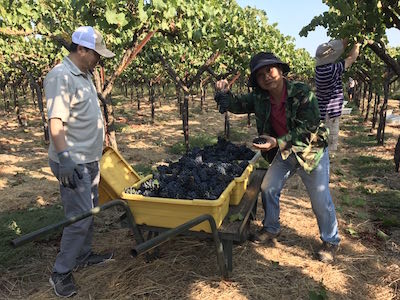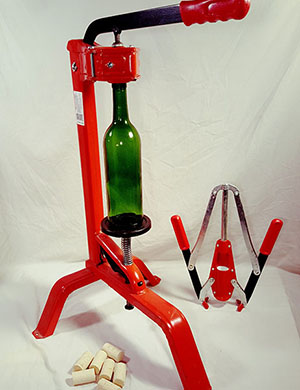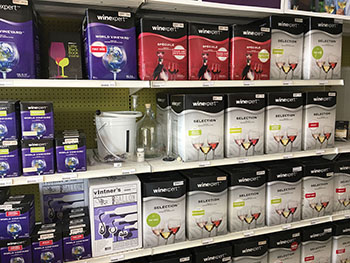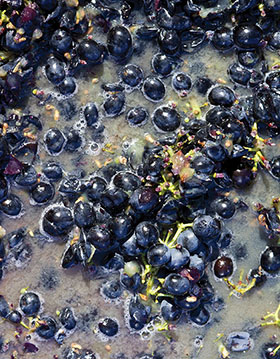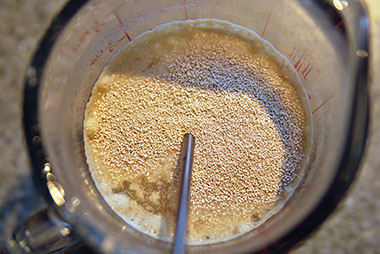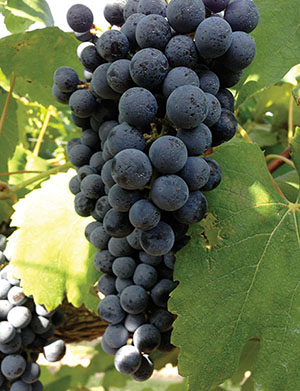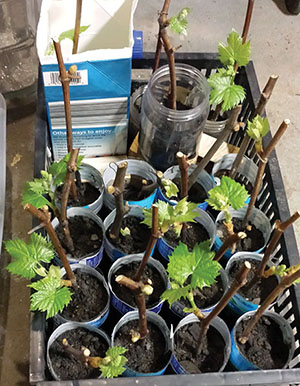Import Source: Joomla
Mulled Wines: That Warm Fuzzy Feeling
As autumn rolls into winter, the average person’s appetite for a chilled white wine, ice-cold beer or slushy blender drink wanes. A hearty red wine with deep fruit and nice tannins can
Savoring Wine: Dry Finish
There are many wines in Greece, but only one way to drink it. That, in any event, is what I was told on my first visit. Athens was chaotic and noisy, but
Bench Trials: Tips from the Pros
Get tips on performing bench trials at home from three pros who utilize bench trials at their day jobs.
Wine Filtration 101
You want to start a heated and emotionally charged discussion on a controversial topic? Ask a group of amateur winemakers for their thoughts on the impact of filtration on wine. Chances are
10 Tips for a Successful Harvest Day
For the home vineyardist, harvest day is the most important — or at least the busiest — day of the year. Planning and preparation is critical in order for everything to run smoothly. Let our harvest day tips guide you to great grape picking . . . and wonderful wine.
Determining Ripeness
Determining when grapes are ready to harvest is one of the most important decisions of the entire vintage. Here’s what to look for.
Making Wine From Juice
You may be curious about a way of making wine intermediate between using fresh fruit and making kit wines. Increasingly popular, the hobby of making wine from grape juice comes in two
Cheesemaking: Tips from the Pros
You make your own wine, but have you tried making cheese to go with it?
Your First Wine from Fresh Grapes
Nothing feels as satisfying and authentic as making your first batch of wine from fresh grapes. And there’s no better time to try it than in early autumn, when grapes all over
Your First Wine from a Kit
A few months ago, I decided to open a bottle from my collection of homemade wines. I selected an Austrian red and pulled the cork. The wine was healthy, almost vibrant. It
Reductive Resolutions
Your question about how to avoid a swampy, reductive odor in your Chardonnay after bottling is an interesting one. For readers who may not be aware, “reductive” is a non-exact sensory term
Wines, Naturally
Many wine experts are skeptical about natural winemaking techniques. Here we define and explore organic, biodynamic, and natural winemaking so you can form your own opinion.
Home Wine Lab Testing: Tips from the Pros
Laboratory equipment for winemakers can be fiscally daunting, especially for beginning winemakers. That doesn’t mean that vital testing should be avoided. We asked two experts about ways to optimize your experience with submitting samples for analysis.
Wine Yields From a Vineyard
As one of my vineyard manager co-workers famously says just about every other day whenever he answers a question like this, “It depends.” However, before I dive into all of the prevarications
Impact of Oxygen on Winemaking
Oxygen’s presence or absence at the various stages of winemaking can have extraordinarily important and lasting effects on what our wines taste like. Too much and you risk oxidation damage, too little and you risk reduction stink. The effects of oxygen on wine, much more so with red wines, may be the most complex and least understood part of the winemaking process.
Confessions: Revealing a secret to my success
A California winemaker confesses his secret to making a good wine blend great through the use of his secret weapon.
What’s This?
Thanks so much for sending over the pictures, they are very helpful. Even though it’s impossible for me to diagnose down to the organism just based on images, I’d wager you’ve got
Let’s Bottle!
From cleaners to corkers, there are many options on the market for the home winemaker for the home winemaker when it comes time to get your wine into the bottle.
Birthday Planning: Dry Finish
As many Texans can attest, wine is not something that tourists have historically flocked to Texas for in the past. Yet, with the recent expansion of Texas vineyards, this has recently begun
Wine Flower
I agree with your local winery supply store employee; it’s most likely a surface yeast or “flor” yeast of some kind, forming a floating plaque on top of your wine. Sometimes referred
Wine Grape Cold Soaking Success
Cold soaking proponents believe that wines made utilizing a cold soak are more complex and fruit-forward, and exhibit improved color retention. By soaking their grapes at lowered temperatures for a period of time, they can extract anthocyanins (color), aromatics, supple tannins, improved mouthfeel, and flavor compounds more effectively than is thought to be possible with conventional methods.
How Wine Yeast Works
In addition to alcoholic fermentation, the yeast used to ferment wine also metabolize other substances into byproducts. Learn more about how wine yeast works.
Black Spanish
Will the real Black Spanish stand up? I have to admit, when we first decided on this variety as a topic, I had never thought I had made wine from it. However,
One Step Cleaning
One Step is a proprietary cleaning (and somewhat sanitizing) solution that is a secret formula; even the Wine Wizard will never know exactly what it’s made out of. From what I can
Propagating Grapevines
Whether you want to grow grapevines for winemaking, fresh eating, or just decoration, they can be propagated at home simply by taking a few cuttings and rooting them. Even if you don’t have a green thumb, you can create a micro-vineyard of your own.
